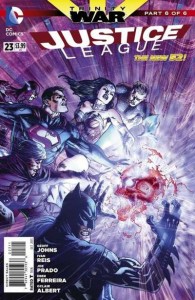 Editor’s Note: But evil hasn’t been imprisoned, Pandora, only spoiled!
Editor’s Note: But evil hasn’t been imprisoned, Pandora, only spoiled!
So here we are: with Justice League #23, and the final chapter of The Trinity War. Now, let’s take a minute and look back at how we got here.
Two years ago next week, DC Comic released the final issue of Flashpoint, which closed out the DC Universe as it had been since Crisis On Infinite Earths back in 1986, and ushering in the New 52 era. And in both books – and in every new first issue that DC released in September, 2011 – DC Editorial made sure that we were shown the mysterious hooded woman (who was eventually identified as Pandora), with the implication being that she had some major part in the implosion of the pre-rebooted (Pre-booted? The Old 52? Pre-52? Post-Crisis Trapped In The Body Of A – ah, fuck it) DC Universe, and that her story would give us the real skinny behind the whole shakeup.
Over the intervening two years, we learned that Pandora was part of a troika of supernatural beings, including The Question and The Phantom Stranger, and that she was trying to dispose of her box (this is the space where I deleted seven different childish jokes) to eliminate evil. Which led us to The Trinity War, where all the members of the various Justice Leagues (which means basically every hero in the DC Universe minus O.M.A.C.) came together with Pandora as a major player, and the hopes that we might finally get an answer about Pandora’s role in the reboot, once the story ended.
So did we? Nah! Turns out Geoff Johns had a surprise up his sleeve for the ending of The Trinity War! He didn’t write one!
Somewhere, Joss Whedon is thanking God he cast his lot with Marvel Comics.
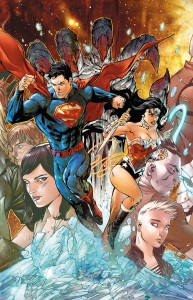
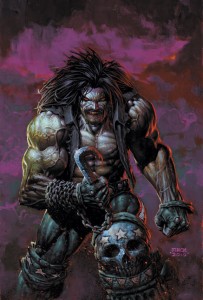
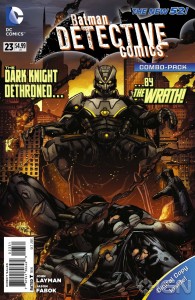
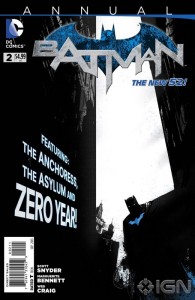
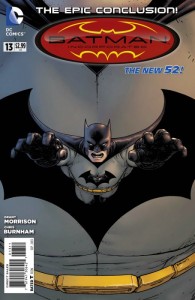
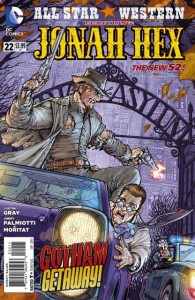

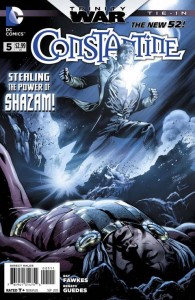
 Podcast RSS Feed
Podcast RSS Feed iTunes
iTunes Google Play
Google Play Stitcher
Stitcher TuneIn Radio
TuneIn Radio Android
Android Miro Media Player
Miro Media Player Comics Podcast Network
Comics Podcast Network